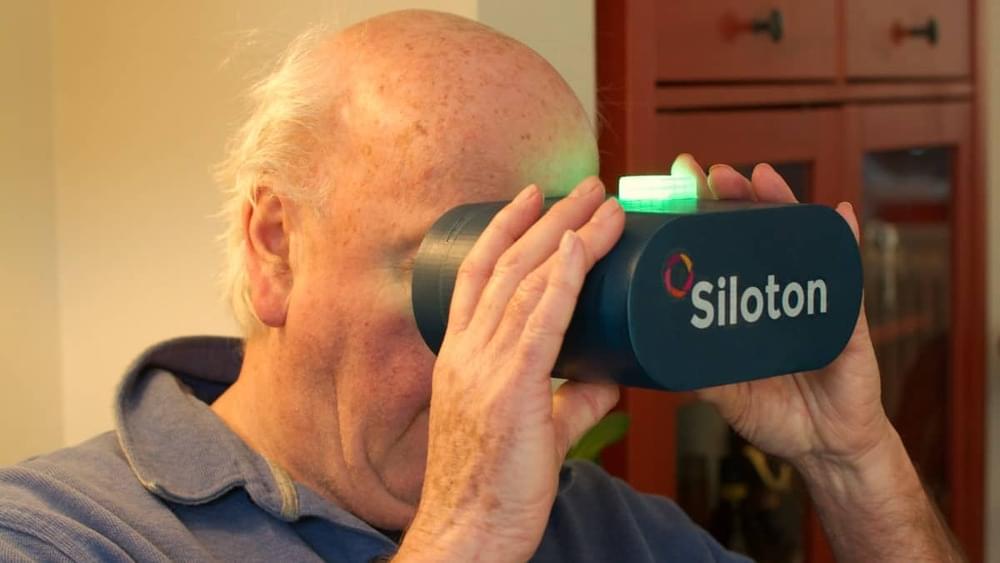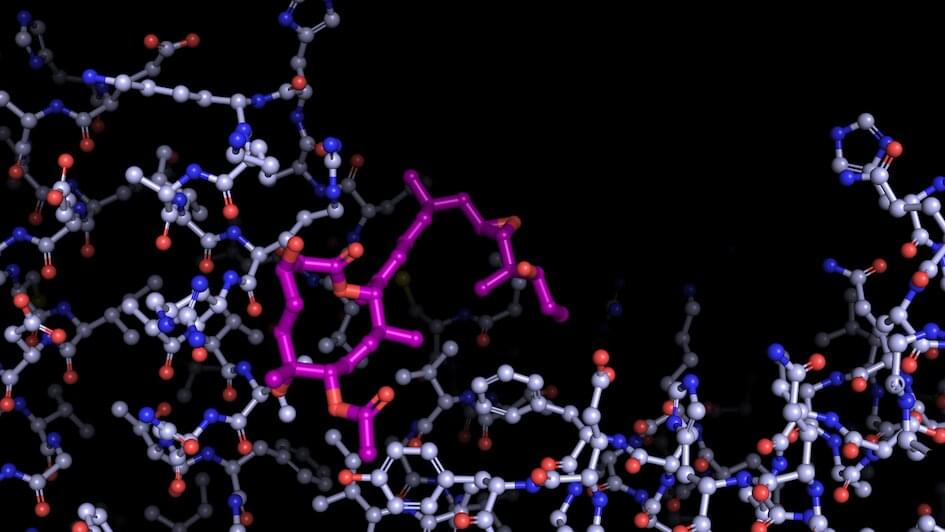Researchers have discovered a new generic production mechanism of gravitational waves generated by a phenomenon known as oscillons, which can originate in many cosmological theories from the fragmentation into solitonic “lumps” of the inflaton field that drove the early universe’s rapid expansion, reports a new study published in Physical Review Letters on May 2.
The results have set the stage for revealing exciting novel insights about the universe’s earliest moments.
The inflationary period, which occurred just after the Big Bang, is believed to have caused the universe to expand exponentially. In many cosmological theories, the rapid expansion period is followed by the formation of oscillons.








